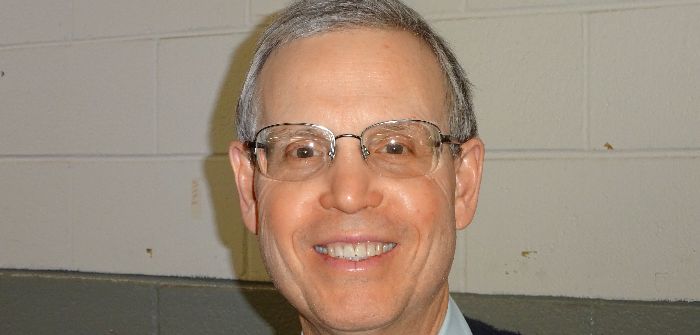The applied research fellow reveals more on the company’s research into the chemical structure of crosslinks formed during tire aging.
What is the background to your research into the chemical structure of crosslinks formed during tire aging?
Various regulations such as FMVSS 139 have been set out by government agencies (for example, the National Highway Traffic Safety Administration) to ensure tire safety.
Car makers also have to undertake tire endurance tests which are required by their suppliers, however designing a good endurance test has been difficult.
Durability is a very important performance parameter and it can affect belt edge integrity and resistance to crack propagation (possibly associated with internal tire separations, throwing a tread, or loss of inflation pressure).
What technologies are currently applied to reduce tire degredation?
Tire manufactures have taken several approaches to ensure tire durability. For example a fabric overlay has been applied to help maintain the integrity of the belt package. Special belt designs have also been developed to help control strains and temperature at the belt edge.
Furthermore, control of the oxidation using antioxidants has been another approach. Another example is compound modifications to control service life such as a belt-coat compound.
Inner-liner and sacrificial (oxygen absorbing) layers have also been used to protect the belt-coat compound from oxidation. Nitrogen inflation has been suggested to help to reduce oxidation at the belt edge.
What has your research revealed so far?
Tire aging is a significant factor in tire durability, therefore the chemical degradation mechanism has been studied to understand that effect. In passenger car tires the major degradation mechanism was found to be oxidation with the formation of crosslinks. This work tried to determine the chemical structures of the new crosslinks. Understanding the chemical mechanism may help to identify new chemistries capable of slowing (reducing or eliminating) the oxidation mechanism.
Aerobic ageing of the tire belt coat compound (during tire oven ageing or normal ‘field’ service) was found to increase crosslink density. Through a combination of analytical techniques, the linkages formed during aerobic ageing appear to be oxygenated species (sulphoxide, ether, epoxide or peroxide).
The extractable sulphur results suggest that the original sulphur network stays intact during ageing (not thermally reverted). However, the sulphur linkages are probably participating in the formation of crosslinks in the form of sulphoxide linkages. At higher temperatures (e.g. oven ageing), the oxygenated linkages rearrange to carbon-carbon linkages with the evolution of CO₂, CO and SO₂.
Ed Terrill will be speaking in the Tire Technology Expo Conference 2018, which will take place at the Deutsche Messe, Hannover, Germany, on February 20-22. The call for papers is still open, so make sure you register now!



